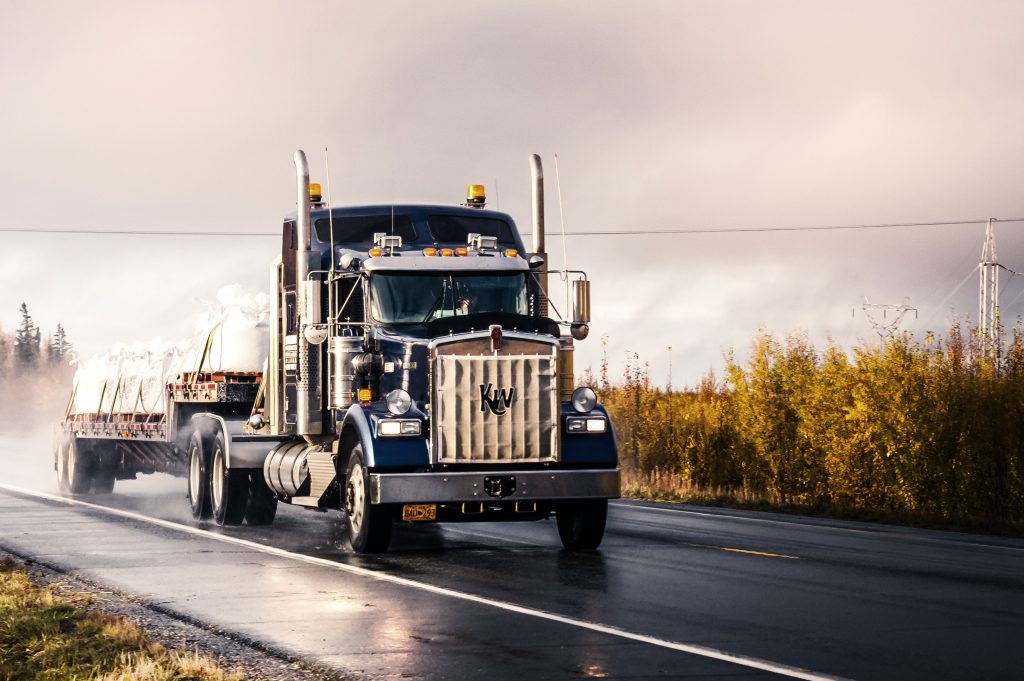Driving Change: Strategies to Enhance the Trucking Industry


The trucking industry serves as the backbone of the global economy, facilitating the transportation of goods across vast distances. However, like any other sector, it faces its share of challenges. From environmental concerns to driver shortages, several areas in which the trucking industry can be improved to ensure efficiency, sustainability, and safety exist.
Improving Infrastructure:
One primary area where the trucking industry can be enhanced is through infrastructure improvements. Better roads, bridges, and highways not only facilitate smoother transportation but also reduce truck wear and tear, leading to cost savings for companies. Investing in infrastructure projects can also help alleviate congestion, ultimately improving delivery times and reducing carbon emissions.
Enhancing Technology Integration:
The integration of advanced technologies holds immense potential for transforming the trucking industry. From route optimization software to telematics systems, technological innovations can streamline operations, enhance safety, and increase efficiency. For instance, the implementation of autonomous vehicles could revolutionize long-haul trucking, reducing the reliance on human drivers and minimizing the risk of accidents.
Promoting Sustainable Practices:
As concerns about climate change continue to escalate, the trucking industry must adopt more sustainable practices. Transitioning to alternative fuels such as electricity, hydrogen, or renewable diesel can significantly reduce greenhouse gas emissions associated with transportation. Additionally, investing in aerodynamic truck designs and implementing idle reduction technologies can further enhance fuel efficiency and minimize environmental impact.
Addressing Driver Shortages:
Driver shortages pose a significant challenge for the trucking industry, threatening to impede its growth and efficiency. To address this issue, it is crucial to focus on improving working conditions, offering competitive wages, and providing better training and career development opportunities for drivers. Additionally, initiatives aimed at attracting younger individuals to the profession and increasing diversity within the workforce can help alleviate the shortage of qualified drivers.
Streamlining Regulatory Processes:
Navigating complex regulatory frameworks can be daunting for trucking companies, often leading to inefficiencies and compliance challenges. Simplifying and streamlining regulatory processes can help alleviate administrative burdens, allowing companies to focus more on their core operations. Moreover, harmonizing regulations across different jurisdictions can facilitate interstate commerce and promote consistency in compliance standards.
Investing in Driver Safety:
Ensuring the safety of truck drivers and other road users should be a top priority for the industry. Investing in advanced safety technologies such as collision avoidance systems, lane departure warnings, and fatigue monitoring tools can help mitigate the risk of accidents and reduce fatalities on the road. Additionally, promoting driver wellness programs and providing resources for mental health support can contribute to overall safety and well-being.
Fostering Collaboration and Innovation:
Collaboration among stakeholders within the trucking industry, including manufacturers, carriers, regulators, and technology providers, is essential for driving meaningful change. By fostering a culture of innovation and collaboration, stakeholders can work together to identify challenges, develop innovative solutions, and implement best practices. Initiatives such as industry forums, research partnerships, and pilot projects can facilitate knowledge-sharing and collective problem-solving.
The trucking industry plays a vital role in the global economy, but it faces numerous challenges that need to be addressed to ensure its long-term viability and sustainability. By focusing on infrastructure improvements, technological innovation, sustainability practices, driver recruitment and retention, regulatory reform, safety initiatives, and collaboration, the industry can drive meaningful change and unlock new opportunities for growth and efficiency. With concerted efforts from all stakeholders, the trucking industry can evolve into a safer, more sustainable, and more resilient sector in the years to come.
